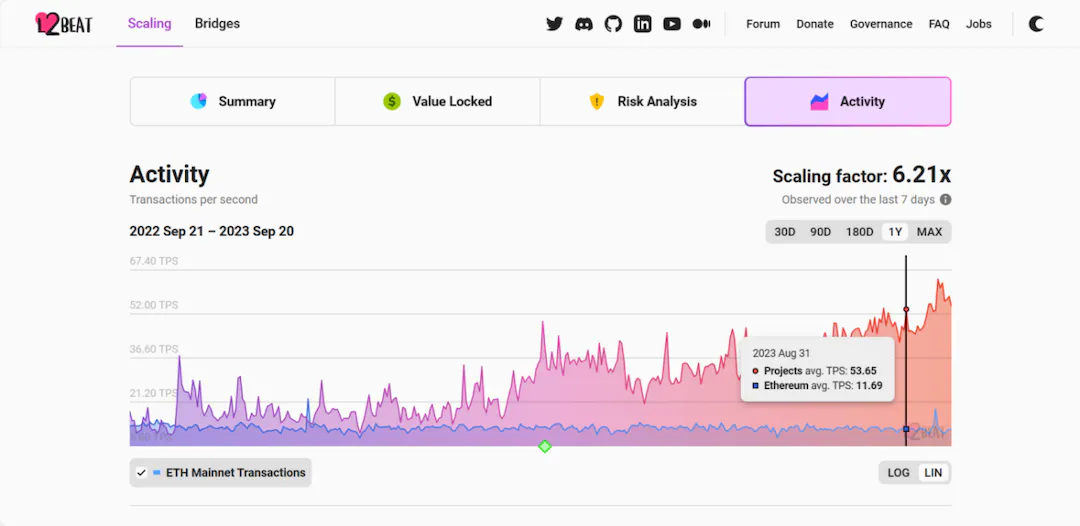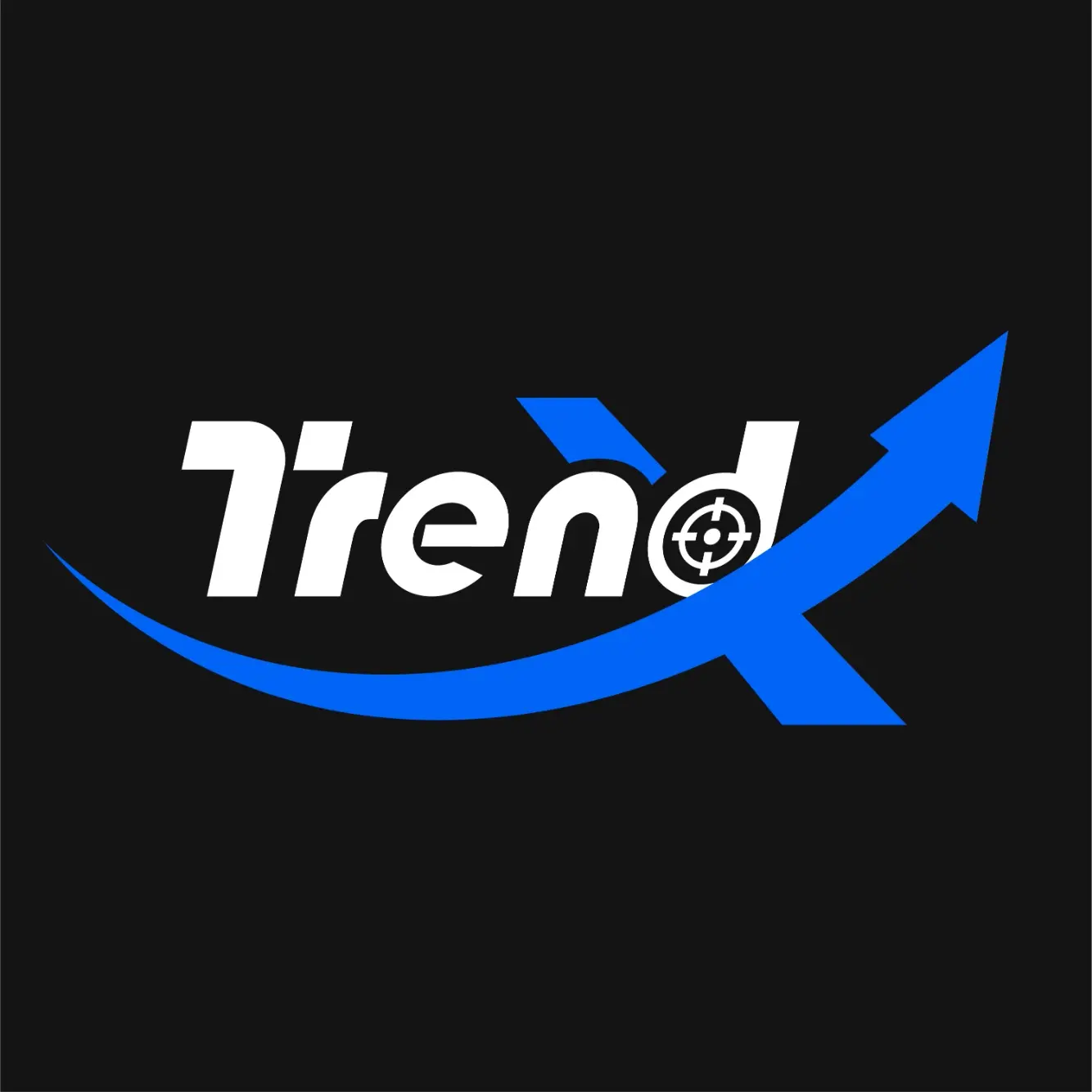One Year After the Merge: What is the Situation of Ethereum?
Author: veDAO
The development of the crypto world has been so rapid that Ethereum's merge feels like it happened a long time ago. However, it has only been a year since the network fully transitioned to proof of stake (PoS). In terms of price, Ethereum's trading price is roughly the same as it was during the merge in September 2022, with ETH trading at around $1,600 the day before the merge. But this is just the tip of the iceberg; many aspects have undergone significant changes since Ethereum's transformation. In this issue, the veDAO Research Institute will review the various changes that have occurred in the year following Ethereum's merge.
Energy Consumption

Before the transition, Ethereum used the same consensus mechanism as Bitcoin to validate on-chain transactions: proof of work (PoW). This required miners to compete to solve complex mathematical equations, and in exchange for participating in this energy-intensive process, miners received rewards. However, when Ethereum switched to PoS, it meant that validators, rather than miners, needed to stake Ethereum to ensure network security in exchange for rewards. One of the most significant impacts has been the reduction in Ethereum's energy consumption. A report from the Crypto Carbon Ratings Institute (CCRI) noted that Ethereum now uses approximately 99.99% less energy than before the merge, meaning the carbon footprint of the Ethereum network has decreased by 99.99%.
Cryptocurrencies have gained notoriety in mainstream media for consuming large amounts of energy. Therefore, environmental factors such as ESG ratings will be obstacles to the adoption of cryptocurrencies. Due to environmental concerns surrounding cryptocurrencies, initiatives from financial institutions like BlackRock and Fidelity have also come under scrutiny. The Ethereum merge has rendered these opposing voices less significant.
Liquid Staking

Since the Ethereum merge, the amount of staked Ethereum has nearly doubled. According to a dashboard created by Dragonfly data analyst @hildobby on Dune, the current amount of ETH staked in the Ethereum deposit contract has exceeded 26.96 million, with a staking rate of 22.44%.
However, the Ethereum upgrade has also raised concerns about centralization and censorship. This is due to fears that control over validating network transactions may be concentrated in the hands of a few, whether companies like exchanges or projects that make it easier for users to pool funds and earn staking rewards. Some were particularly concerned that exchanges like Coinbase might participate in staking due to U.S. sanctions against the mixing service Tornado Cash, especially after Coinbase funded a group of Tornado Cash users in a lawsuit against the U.S. Treasury and OFAC (Office of Foreign Assets Control). Due to concerns that centralized entities might censor transactions to remain compliant, applications like Lido Finance have become better options for decentralization.
However, Lido now accounts for about 32.3% of all staked ETH, and it is now seen as a potential weakness in the decentralization of the Ethereum ecosystem, causing concern among some community members. They argue that Lido's growing influence is undermining the overall decentralization of Ethereum.
According to CoinGecko data, STETH stands out in the liquid staking token space, with a market capitalization of $13.8 billion. In contrast, Rocket Pool ETH (RETH), the second-largest token by market cap in Ethereum, has a market capitalization of $912 million.

Nevertheless, liquid staking has been a major source of growth for decentralized finance. Liquid staking allows ETH holders to stake their tokens for rewards while still being able to leverage Ethereum's value by issuing corresponding tokens that are pegged to its price. Although the value of related assets in decentralized exchanges has declined since the merge, liquid staking continues to thrive.
Scaling Solutions

The merge was not aimed at increasing Ethereum's speed; thus, according to data from the analysis site L2Beat, Ethereum's average TPS (transactions per second) has mostly hovered around 10 since last September. Nevertheless, it has laid the groundwork for what is to come. According to Vitalik Buterin's vision for the Ethereum roadmap articulated before the merge last July, this "surge" is a series of upgrades planned post-merge that are expected to enhance Ethereum's scalability.

However, scaling solutions aimed at addressing Ethereum's current limitations are increasingly appearing in the cryptocurrency space. Data from L2Beat shows that the average TPS across all Ethereum L2 networks has now exceeded 50, marking a significant improvement compared to last year.
In total, well-known L2 networks zkSync Era, Optimism, and Arbitrum Nova have collectively processed over 61 million transactions in the past 30 days. This is double the number of Ethereum transactions during the same period. It can be said that the merge's enhancement of Ethereum's underlying security has fueled the recent surge in L2 technology. Overall, this merge has indeed laid the foundation for further scalability enhancements.
U.S. Securities and Exchange Commission (SEC)

Meanwhile, staking has become a regulatory hotspot in the U.S., with the SEC investigating several cryptocurrency exchanges that offer services to help users earn network rewards.
Kraken reached a settlement with the SEC in February, involving a $30 million fine, as its staking-as-a-service program constituted an unregistered securities offering. Similar claims have been made in lawsuits against Coinbase and Binance regarding their respective staking products. Although the SEC has involved some tokens in its lawsuits against Binance and Coinbase, claiming they are examples of unregistered securities, some have noted and questioned why the regulators have not classified PoW tokens as illegally issued assets.
However, there remains a divide among U.S. regulators on how to classify Ethereum. The result has been a clear turf battle between the two largest financial regulatory bodies, the SEC and the Commodity Futures Trading Commission (CFTC): CFTC Chairman Rostin Behnam stated in March that ETH is a commodity; while in February, SEC Chairman Gary Gensler stated that "everything except Bitcoin" is a security, only to dodge questions about Ethereum in April.
Conclusion
Ethereum's core developers have been working on the next major upgrade plan for Ethereum, called the "Dencun upgrade." It includes the introduction of a feature called proto-danksharding, which, once fully implemented, is expected to scale Ethereum to over 100,000 transactions per second. Other features under development, such as account abstraction, will effectively make managing a crypto wallet as simple as managing an email account. Earlier this month, Vitalik spoke during a presentation at Korea Blockchain Week about a feature called "Stateless Clients," which will enable running Ethereum nodes on smartphones.
https://ethereum.org/en/roadmap/danksharding/
In hindsight, compared to the turmoil and corporate collapses in the crypto market in 2022, this merge seems like a bland footnote in the history of crypto. However, looking to the future, it may serve as a beacon illuminating the overall direction of Ethereum, restoring faith that Ethereum can achieve these significant technological upgrades and accomplish some ambitious goals; while Ethereum may be slower than we hope, it will ultimately continue to progress while staying true to its values.









